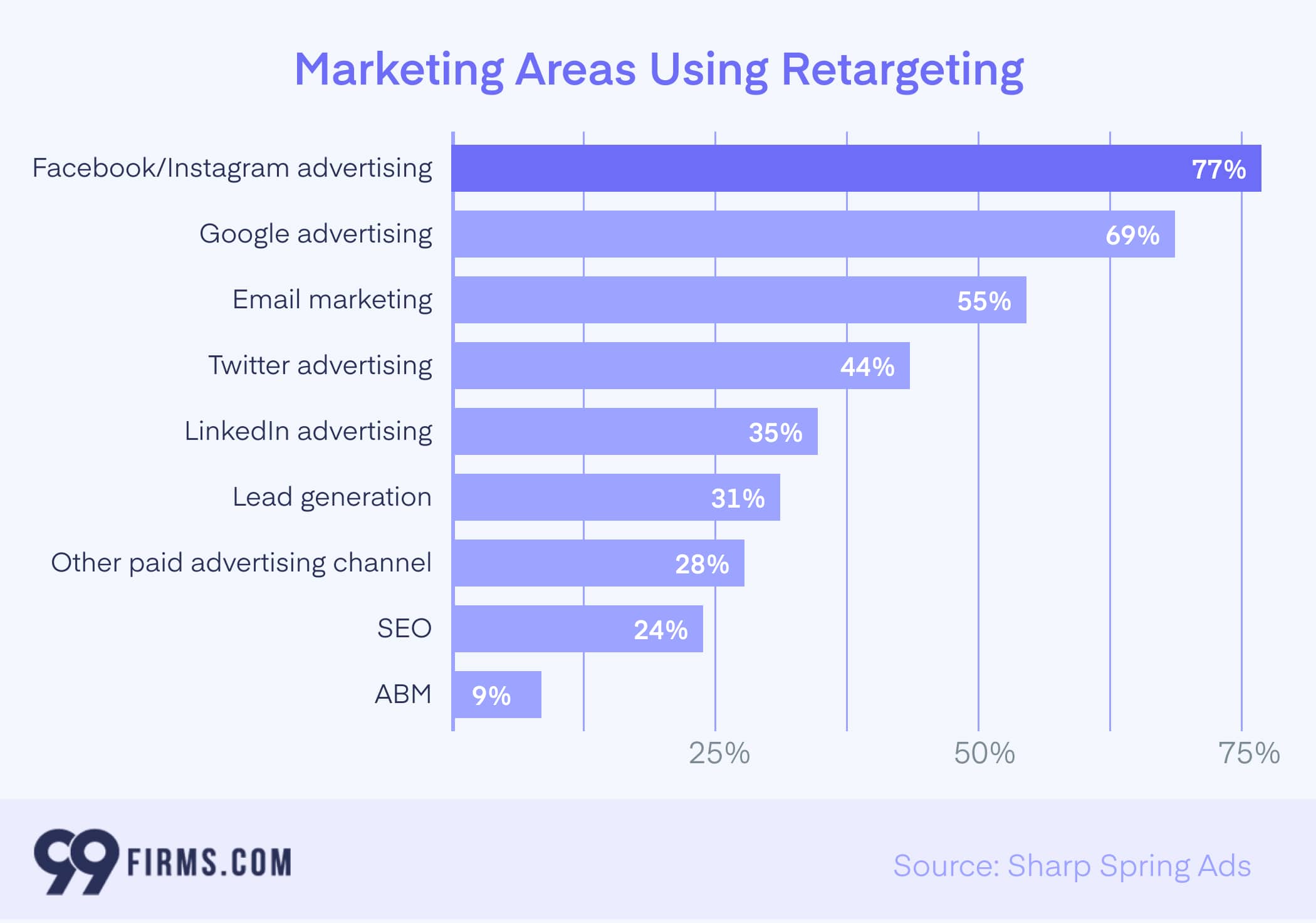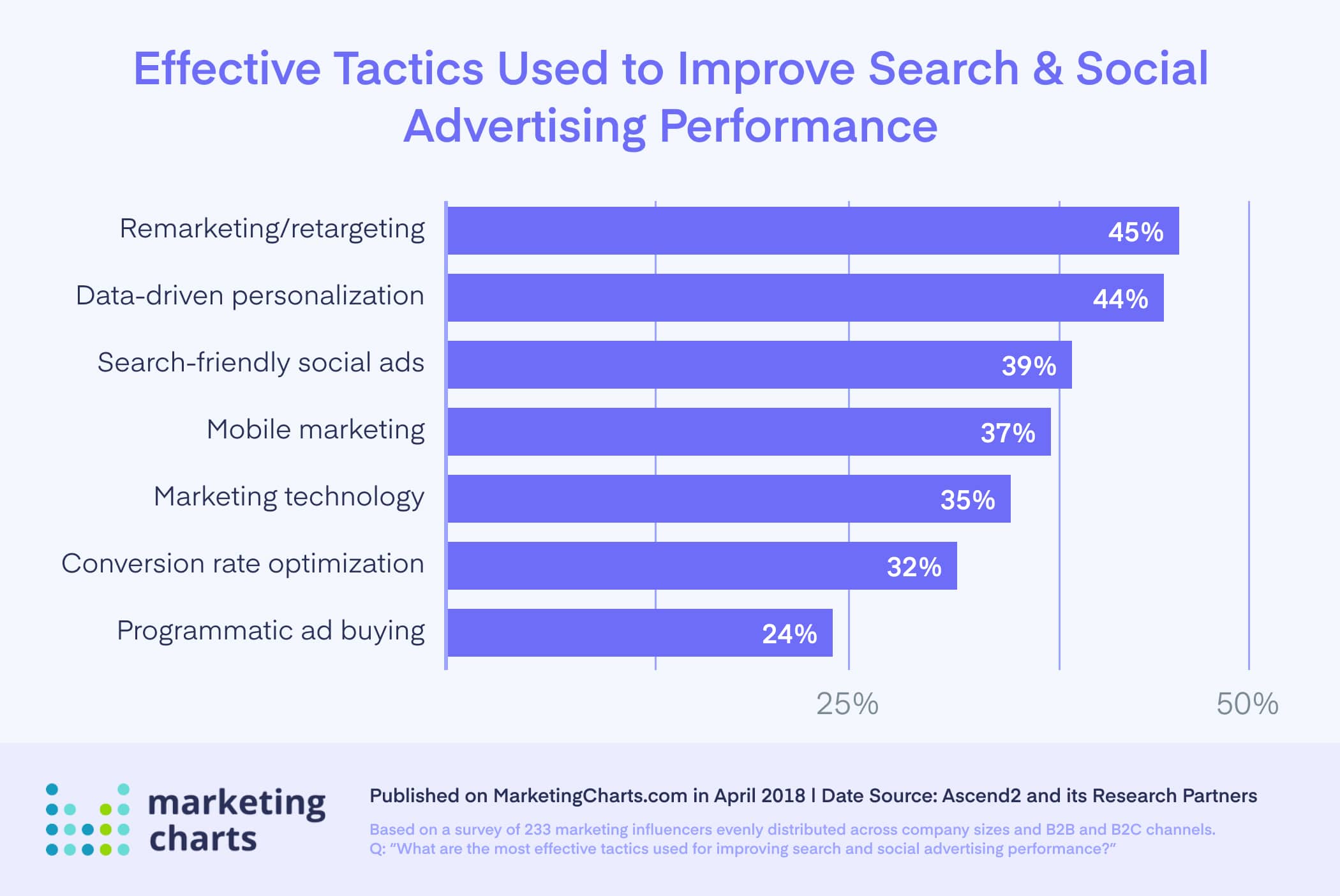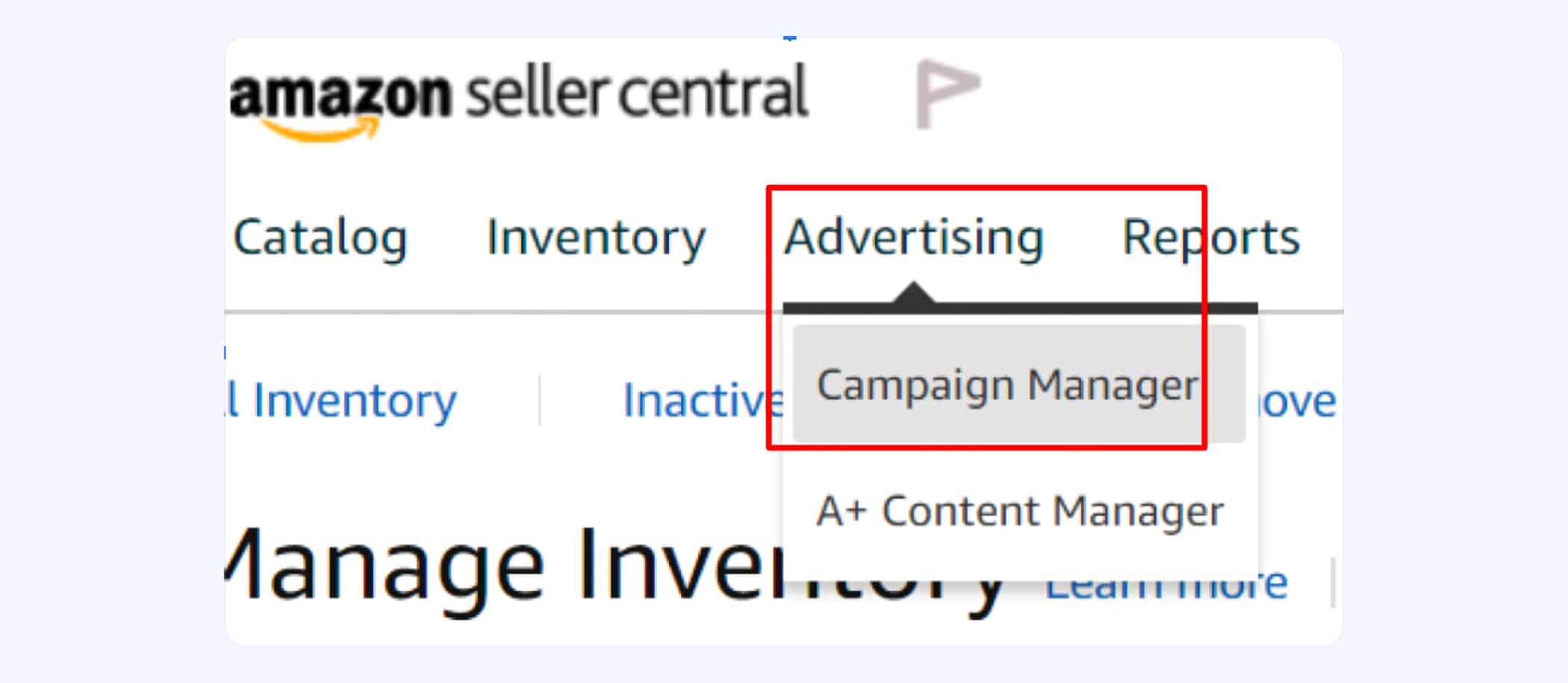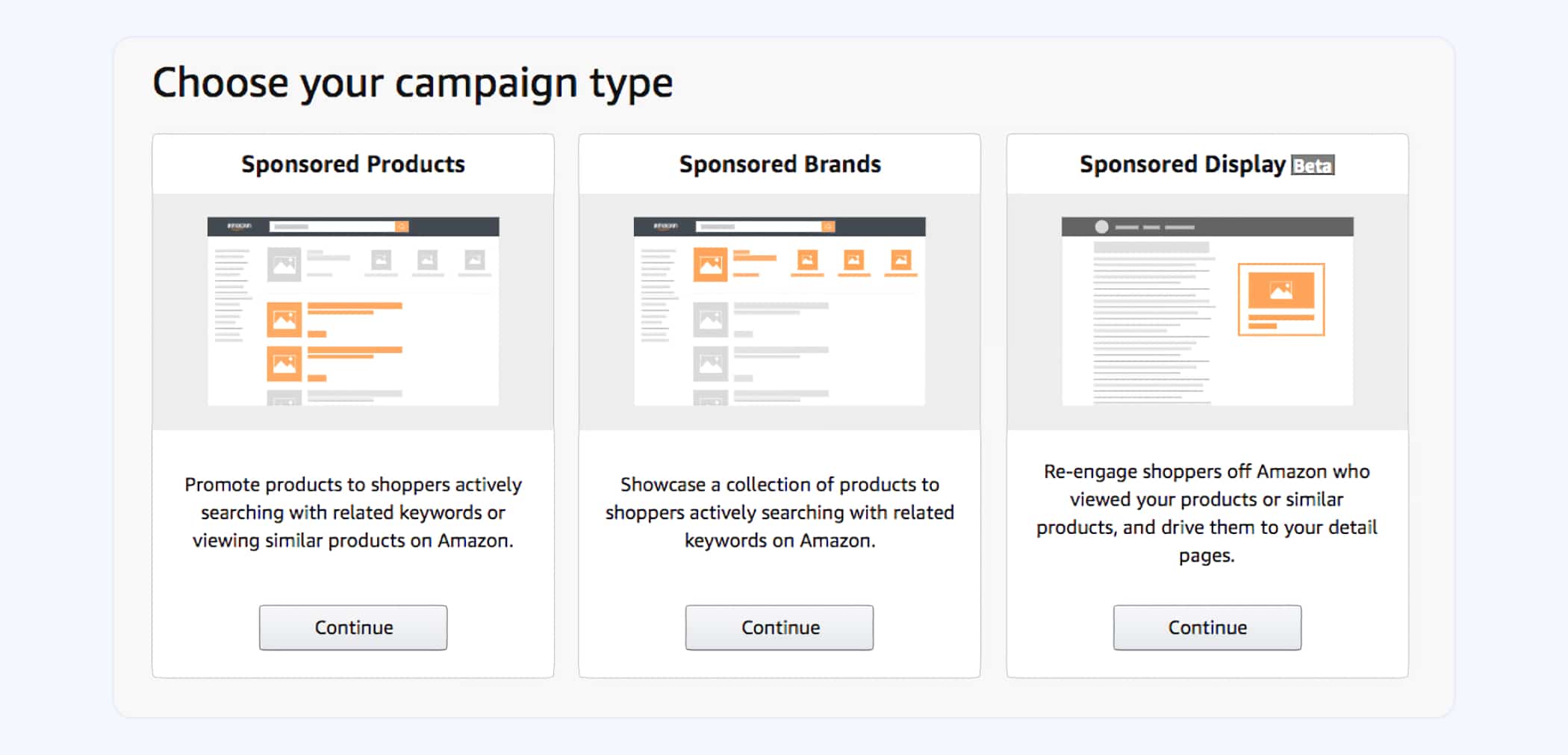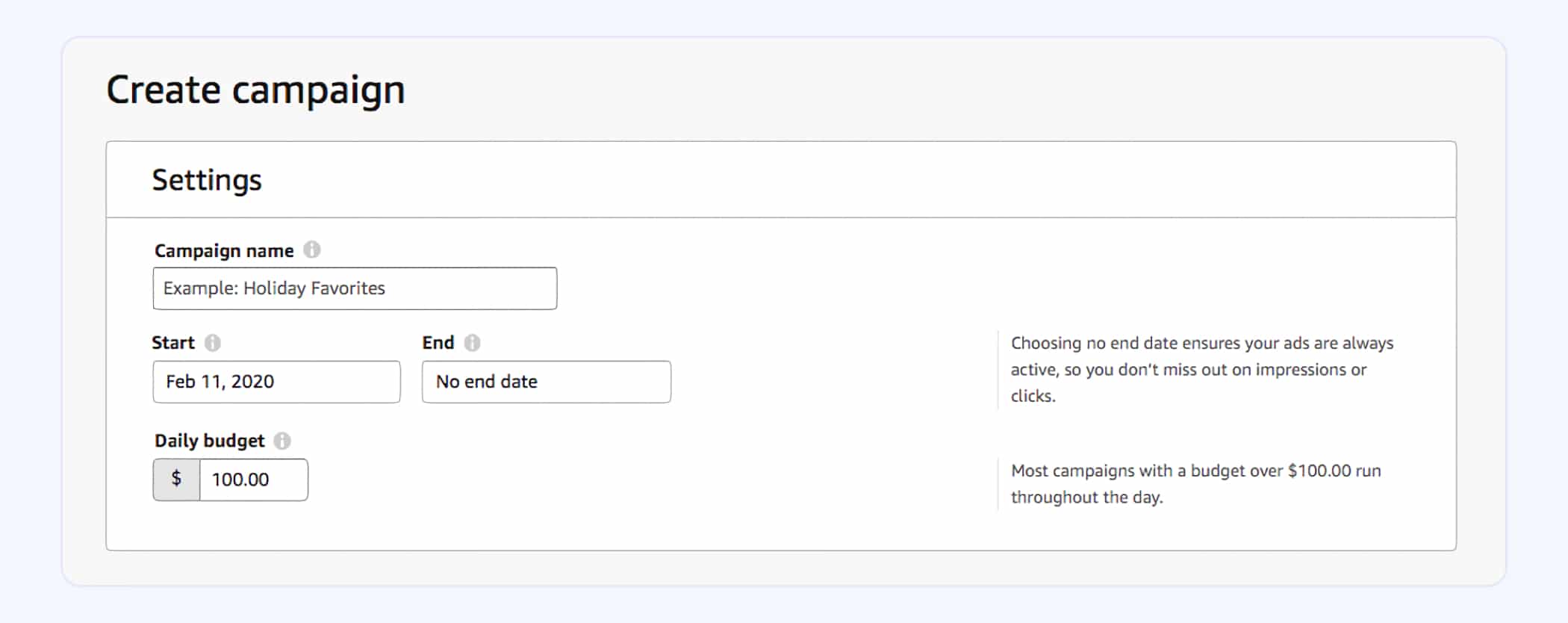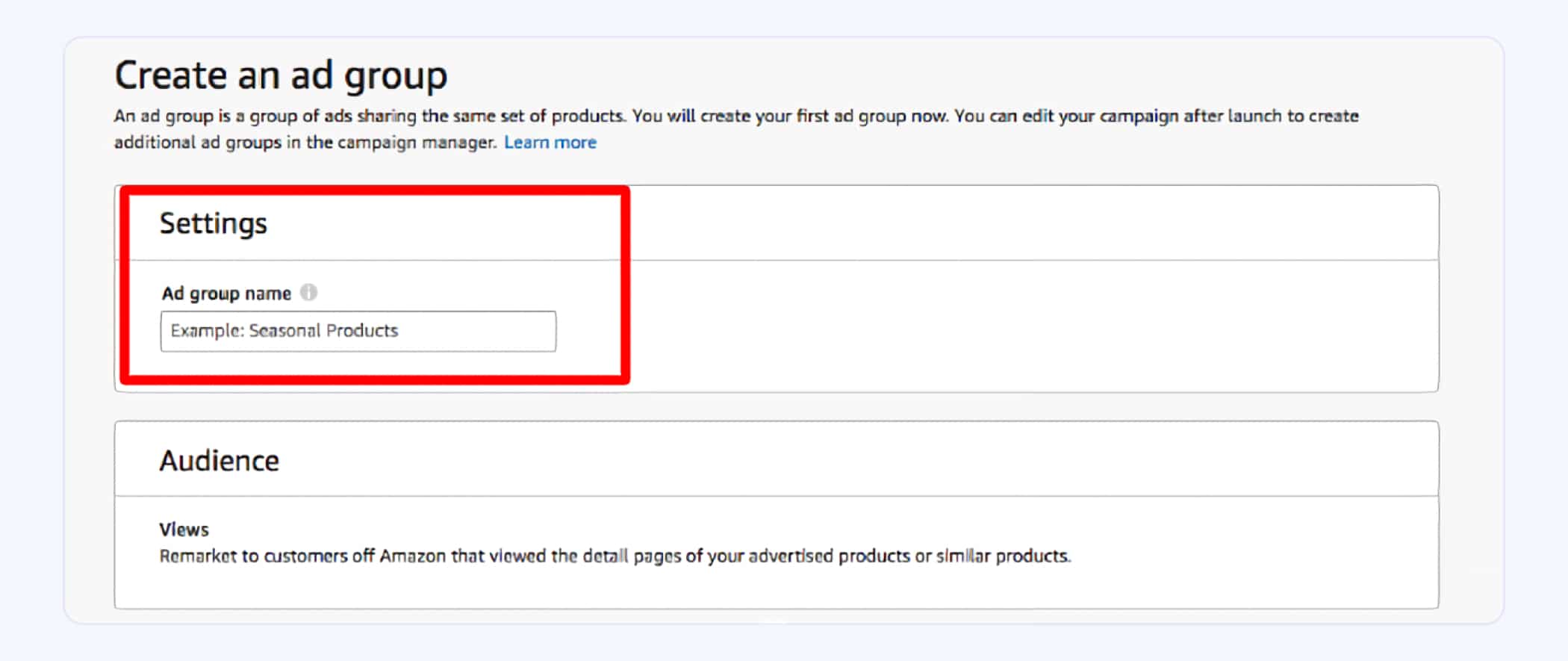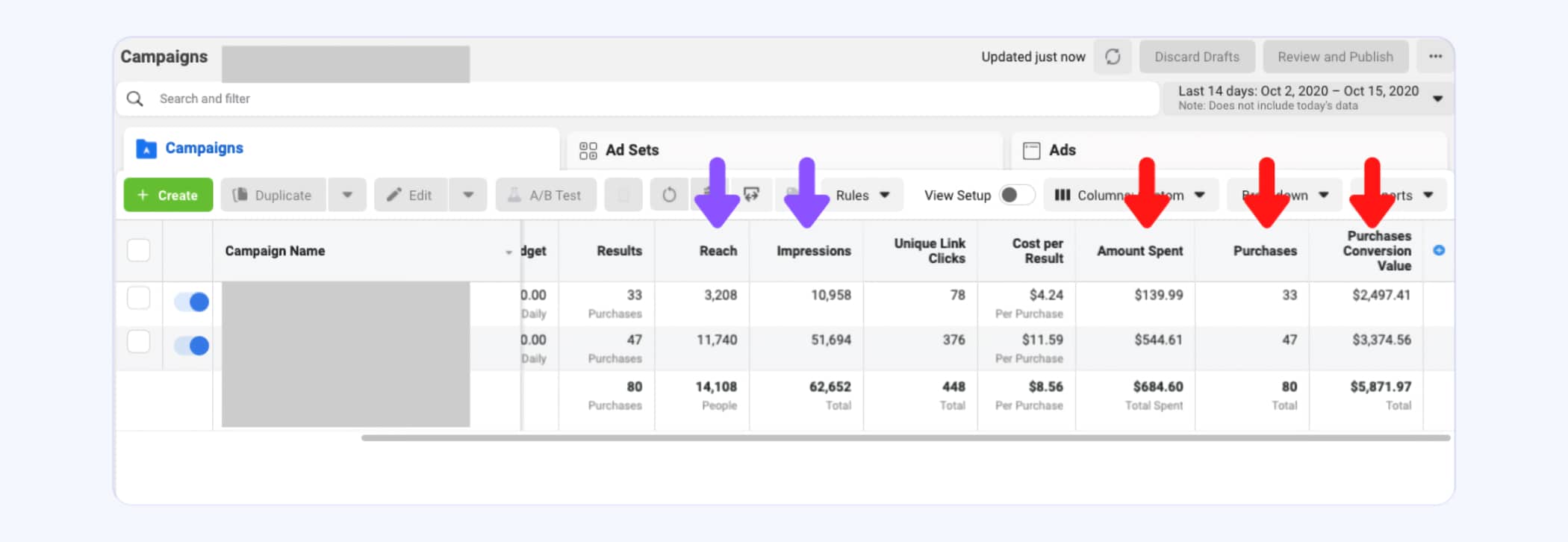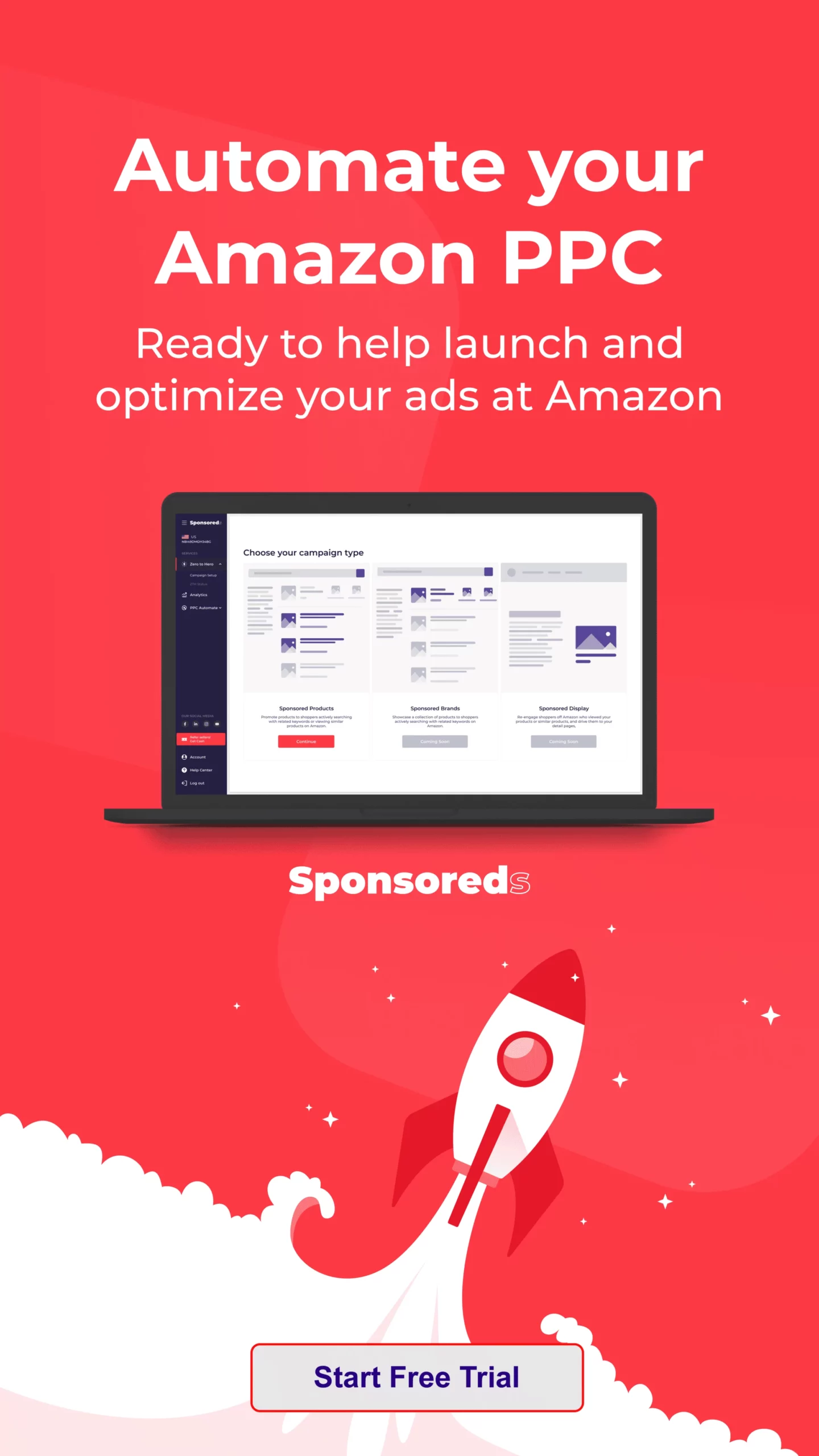What’s your winning strategy for online brand engagement? If you haven’t found the answer yet, retargeting on Amazon might help. Let’s get into the details to see how this incredible opportunity can work for you.
What is Retargeting on Amazon
There’s a big problem with traditional online advertising: the moment someone clicks away from your website, you miss out on the chance to convert them back to your site. Almost all eCommerce companies are focused on the cost per acquisition because the lifetime value is heavily involved in the time between purchase and abandonment. Retargeting on Amazon is one of the ways marketers can increase the lifetime value of customers.
Retargeting has always been an effective method of getting customers back to your site. It is a marketing technique used by retailers to advertise their products to customers who have visited their website or browsed their storefront. Retargeting helps increase sales by giving customers a second shot at purchasing a product or service, and it’s worth testing if you’re having a tough time driving conversions.
As you can see from this amazing graph by 99 Firms, retargeting is used almost everywhere these days:
Retargeting on Amazon is a powerful, scalable marketing tool to increase visibility and improve conversion rates. Using retargeting to boost your Amazon PPC campaigns may be the boost you need. Retargeting provides a cost-effective way for sellers of all sizes to increase their visibility for specific products or services to potential buyers who are browsing Amazon or other search engines.
Remarketing vs Retargeting on Amazon – Are they Different?
Most digital marketers know that remarketing and retargeting on Amazon are similar and effective approaches for marketing and advertising, and both use cookies and pixels to deliver advertising content. But there are subtle differences in the approaches and the purpose of using them.
Retargeting is used in e-commerce and therefore also applies to the Amazon DSP. As a marketing strategy, retargeting aims to lead the user back to the offer and to convince them to complete the purchase.
Remarketing typically takes place in email marketing to drive users back to the offer. The key distinction is how users are targeted. In remarketing, users are targeted with follow-up emails.
Amazon Retargeting and Advertising Platform (AAP)
Retargeting on has been a very effective way for marketers to deliver personalized messages to consumers based on their online digital activities. But sellers shouldn’t forget that they can also advertise on third-party sites via the Amazon Advertising Platform (AAP).
In comparison to retargeting on Amazon, AAP allows a wider audience segmentation, device and browser targeting, and more detailed predictive analytics. You can design your own ads on AAP and use the impression-based payment model instead of the click-based one. With AAP, however, budgets tend to go up, so this may not be the best option for all sellers looking for retargeting opportunities for their product line.
How Does Retargeting on Amazon Work in Detail?
Here’s the process behind retargeting on Amazon. Before displaying ads, you first need to collect a sufficient amount of data. When it comes to retargeting, before starting an ad campaign, users interested in making a purchase must have viewed the product before you can actually retarget it back at them.
Whether a user came off Amazon or was attracted through paid advertising carries no weight with retargeting. What is important is that the user has seen the product detail page. That is when “a cookie” records whether the product was acquired. Retargeting campaigns are an effective technique to track the exact user even if they left Amazon and continued their Internet surfing.
Amazon DSP offers seven different targeting options to target the user and deliver the right ads.
ASIN Retargeting Options
-
- Product Searches: targeting can be set up when a user enters specific keywords associated with the promoted ASIN. The keywords cannot be manually identified or selected, and they are determined by the Amazon algorithm. To date, the marketplace does not give any specific info regarding them.
- Brand Views: if the user has viewed the brand’s products for a definite spell of time, then they can be specifically promoted. Brand view targeting is especially helpful if the brand has a lot of complementary and well-matched products (for instance shaving balm + aftershave).
- Brand Purchases: similar to Brand Views, a user can receive ads if they have purchased a product of a particular brand and you wish to promote other items of that same brand. If you need to persuade buyers to do cross-sales and up-sells, we suggest targeting them with this option.
- Product Views: this is apparently the most popular choice for retargeting on Amazon. If a user has viewed an item but has not purchased it, they will be advertised till they eventually purchase it or drop out of the ad grid.
- Product Purchases: ASINs that have already been ordered can be further promoted via retargeting. This option is most practical for consumer items such as cleaning supplies, furniture, electronics, clothing, etc.
- SIM Product Views: if a user browses your competitors’ items that are similar to yours, you can utilize targeting based on these items to make your ads more relevant. Which ASINs are chosen for this purpose is determined by Amazon algorithmically.
- Competitor Conquesting: this is the ability to advertise to users who have a current interest in competing products. However, with this option, the ASINs can be selected by you and not Amazon.
Why Retargeting is Important
Any seller can attest: retargeting on Amazon is a must-have in your ad strategy. MarketingCharts research shows that it is the most effective tactic used for improving search and social advertising performance.
Retargeting is one of the most powerful advertising methods that has ever been introduced to the buying world. See, usually, more impressions will lower your conversion rate, but since ad retargeting displays advertisements to users that are already within your funnel, it gives you more beneficial impressions.
And most importantly, Amazon ad retargeting is cost-efficient and helps to reduce ACoS. It’s a great option for those sellers or those that have been having a hard time generating the kind of returns that they want from their PPC campaign. They can reach their buyers outside Amazon and raise brand awareness more fruitfully.
Amazon Sponsored Display Ads
Amazon Sponsored Display Ads provides sellers with the retargeting ability to reach back to “lost” buyers. Needless to say, if you’re looking to run an Amazon-supported promotion, Amazon’s Sponsored Display Ads are the good way to go. But who has access to them?
Sponsored Display Ads tool is accessible for vendors, agencies that help their clients grow on Amazon, and seasoned sellers that have a registered Amazon Brand.
Benefits of Amazon Sponsored Display Ads
Every day, more and more marketers are using Amazon Sponsored Ads as a tool for product discovery, brand building, and customer acquisition. Amazon Sponsored Display Ads provide a great opportunity for sellers to stand out from the competitors due to their ability to drive relevant, targeted audiences to your online page. In addition, these ads drive high cost-per-acquisition and return on ad spend for advertisers.
In short, Amazon Sponsored Display Ads provide the following:
- improve the effectiveness of PPC campaigns;
- attract and redirect potential buyers on and off Amazon to your product listings, thereby increasing conversions and sales;
- promote your product portfolio with Amazon auto-generated campaigns.
How to Create an Amazon Sponsored Display Ad Campaign?
Now, we want to take you through the process of creating and managing an Amazon Sponsored Display Ad Campaign in minutes.
Step 1: Choose Sponsored Display Ads
Go to your Seller central, tap on the Advertising section then click on the Campaign Manager.
Then, click on the Sponsored Display Ads.
Step 2: Create a Campaign
Choose a relevant name and time frame for your products’ ad campaign. Review your budget carefully before setting it.
Now, name your ad group section, and choose the products you are willing to promote.
Set the bid based on the CPC.
Step 3: Track Your Sponsored Display Ads Performance
Display advertising allows you to promote your marketing message most effectively. However, sellers are constantly scrambling to find a solution to reduce their ads spending. If you’re running display ads, this is an important step for you to take.
There are many trackers that allow you to monitor your campaign with measurements like impressions, CTR, conversion rate, unique visitors, and more. It is important to monitor and analyze your campaigns on a weekly or fortnightly basis and make adjustments to make them more effective and align with your goals.
Amazon Remarketing Tips
If you’re ready to commence with your Amazon retargeting campaign, here are a few tips for you to get started.
Take Advantage of Conversion Pixel
Thanks to the usage of conversion pixels, you can track which behaviors are taking place on your website and how frequently they are occurring during an advertising campaign to segment your audience.
For instance, take a look at how pixel tracking works on Facebook:
Here’s how it works: every time your audience interacts with your brand website, your pixel captures the data. Then, using the information, you can engage with your audience, target your ads, and optimize your website. Thus, you can advertise to the right people with the right product simultaneously to create a win-win ad campaign.
Use Facebook’s Custom Audience Feature
Facebook retargeting advertisements are becoming a much-needed tool for any marketer. Facebook Custom Audiences are specific groups of people on Facebook that marketers can designate as their target audience or lead list.
Amazon offers you little detail about your audience, but you do get sufficient data to realize who you need to target. For purposes of customer acquisition, you can extract your audience’s information from Amazon and upload it to your customer database on Facebook. You will be able to target audiences that are similar to the ones that fit the characteristics of your database.
Do Sponsored Display Audiences Actually Work?
There have been many attempts to sell the sliver of the digital advertising market that advertisers have traditionally excluded – display. These attempts have historically fallen flat, but that may be changing, according to Amazon.
Amazon states that sellers who implemented this type of ad strategy experienced a 4% higher month-over-month sales increase compared to if they only used Sponsored Products. Of course, sellers are empowered to use their own strategies in order to innovate in an ever-advancing market. As sellers adapt their strategies, there will be no single standard for winning.
What Else Should Sellers Know Before Kicking Off Their First Campaign?
Success comes to those who plan ahead. Insightful advice from pre-launch consultation to post-launch tracking can help you get started right. Along with the various pre-launch activities and content, sellers and their teams also need to be aware of what makes up a successful launch. It’s important they know the differences between buyer experiences that lead to success and those that don’t.
But first and foremost, you should make sure that your ad is working in coherence with your stock. You don’t want to run out of items you’ve just set an ad campaign for. Ensure that your ad campaigns will be shut off automatically when you’re sold out.
Boost Brand Awareness with Sponsored Display Views Remarketing
Sponsored Display Views Remarketing is an example of how Amazon tools evolve. Now sellers can not only target buyers who viewed but didn’t buy a product, but also target those who looked through a product category or browsed products similar to the advertised ones. These broader targeting options are suitable for upper-funnel strategies with ideal brand awareness and impression targets.
Refine Views Remarketing Targets
Advertisers can filter target ads based on characteristics such as Prime eligibility, star rating, brand, and price tier. To efficiently advertise to a certain audience, advertisers can easily select a category target for a given brand. This establishes a baseline to work from, giving advertisers a greater level of control. By targeting specific brands or types of products, your business will have the best chance to pull in potential customers and create a niche for yourself that competitors can’t match.
Create a Convincing Copy
The formula for a successful ad doesn’t always include shock and awe, but it always requires a strong story and a memorable message. Create an irresistible story that will keep your audience coming back. Be sure to add a catchy tagline in the description of the product in order to grab a potential buyer’s attention.
Using captivating images in your Amazon ad will increase click-through rates because of the emotional impact they have on the visitor. Make sure that your images are high-quality and targeted towards the interests of your audience.
Final Word
Amazon has embraced the power of retargeting in a meaningful way, with a guarantee that ensures marketers will never miss out on opportunities to win over customers they’ve missed or retain those they’ve already acquired. If you’re going to take your marketing to the next level, this approach is a must.
Remarketing is great for building awareness without costly ad campaign spending. It can boost your business’s ROI with insane levels of precision. Now, you can not only increase your conversion rates but also the lifetime value of your customers.
If you’re still not convinced of the importance of remarketing for your business or don’t know where to start, we are here to help. Contact us today and we’ll show you how to make your ad strategy even more effective!


